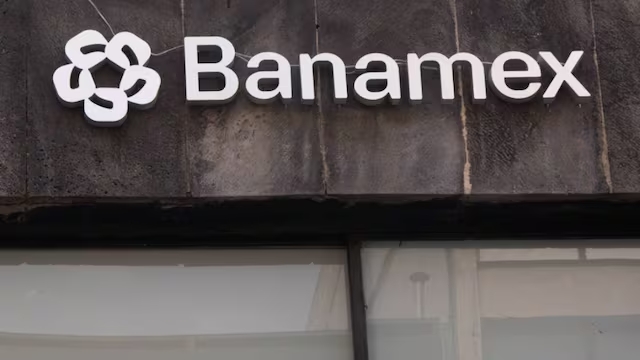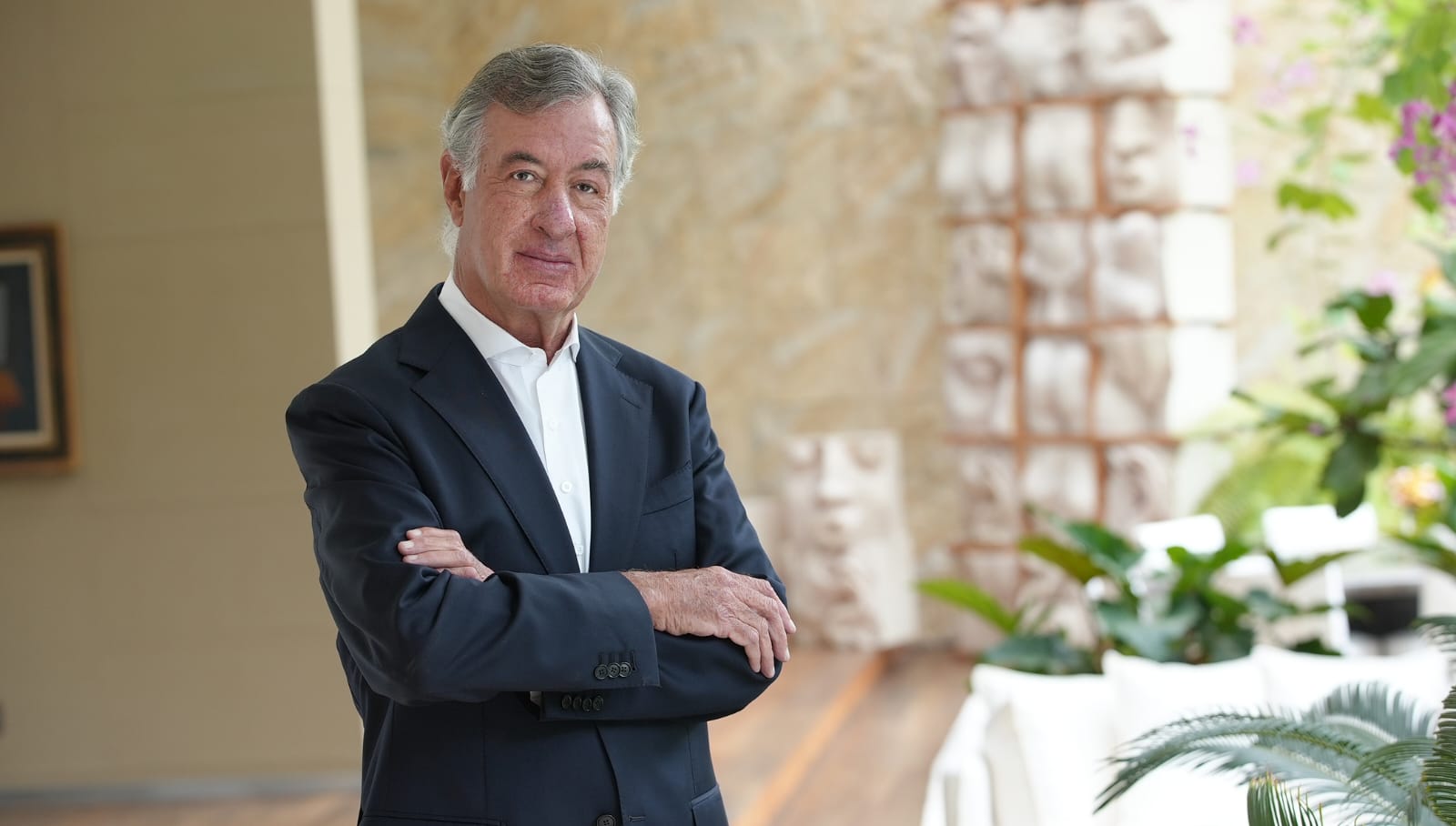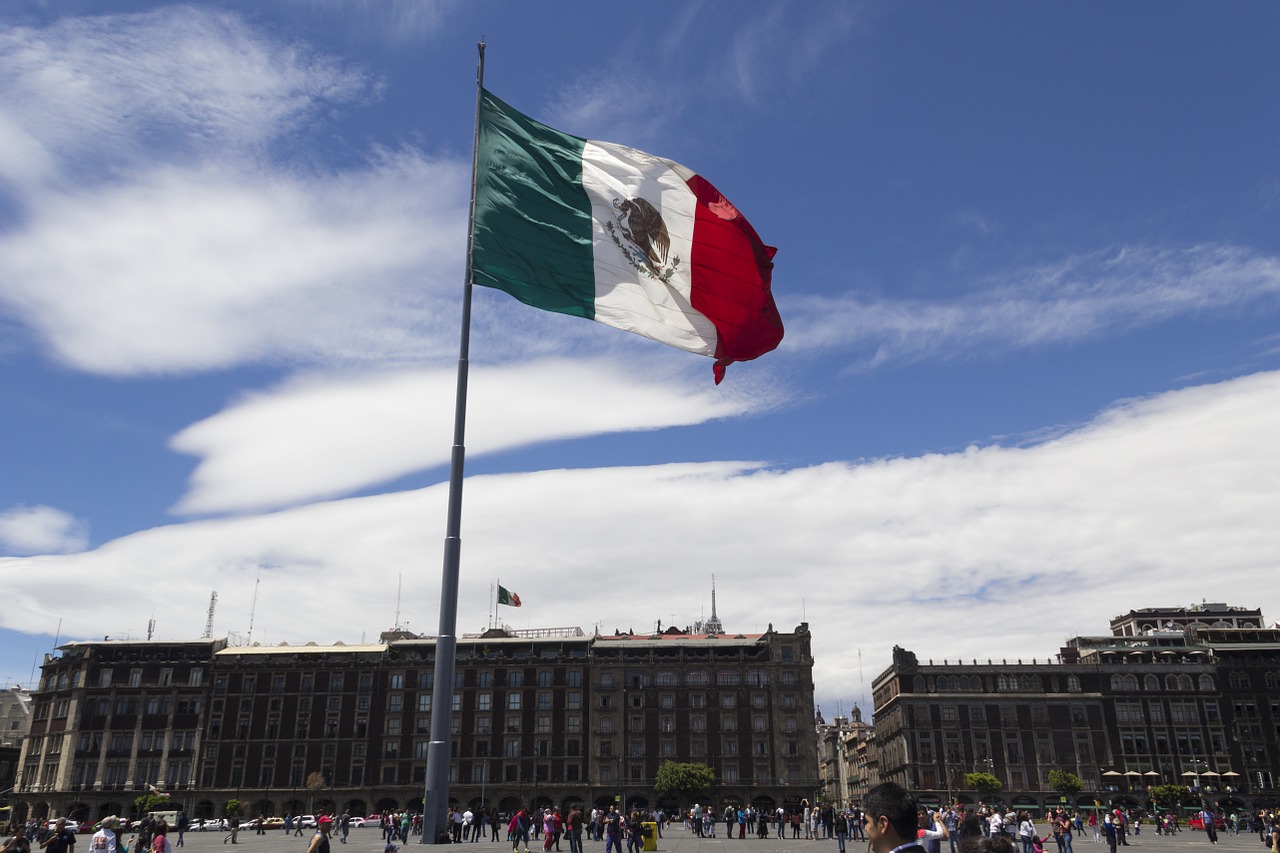At This Point in the 21st Century, the Interconnection Between the Financial Systems of Mexico and the United States Is One of the Most Comprehensive in the World. In this context, the accusations from the U.S. Department of the Treasury and the Financial Crimes Enforcement Network (FinCEN) against the Mexican banks CI Banco, Intercam, and Vector Casa de Bolsa form part of a long-standing history.
According to data from the Bank of Mexico, the monthly monetary flow between banks operating in Mexico and their U.S. counterparts totaled 359.7 billion pesos—approximately 18.931 billion dollars at an average exchange rate of 19 pesos per dollar.
This figure does not include remittance data, which last year reached 64.745 billion dollars—an average of approximately 177.38 million dollars per day flowing from the United States into Mexico’s financial system. Additionally, figures from the U.S. Department of Commerce estimate that daily trade between the two countries ranges from 650 million to 1.5 billion dollars—a significant portion of which must be settled between Mexican and U.S. banks.
Controlling a monetary flow of such magnitude is not easy, and the temptation for financial systems in both countries to be used by criminal organizations to launder their profits is strong, experts told Funds Society.
The Daily Exchange Between Banks in Mexico and the United States Is Estimated at Just Over $18 Billion
Operation “Casablanca” and Other Precedents
On May 18, 1998, the U.S. Department of the Treasury announced the conclusion of Operation Casablanca, considered at the time the most effective strike against money laundering in the U.S., but which involved accusations and sanctions against more than a dozen Mexican financial institutions accused of aiding cartel-related laundering. Among the banks named were BBVA Bancomer, then the second-largest bank in Mexico, as well as now-defunct banks Banca Serfín and Banca Confía. These accusations shook Mexico’s banking system, just as the recent allegations against CI Banco, Intercam, and Vector Casa de Bolsa have.
“It’s important to mention that what we are seeing today has precedents. Let’s remember a series of events over time that show this isn’t new; Operation Casablanca included the arrest of some Mexican bankers. Then came the HSBC scandal, a major crisis for the Mexican financial ecosystem that was resolved with a mega-fine. After that came the inclusion of Mexican public figures—such as footballers and singers—on OFAC’s blacklist. Those were the first warnings,” said Salvador Mejía, an expert and attorney specializing in anti-money laundering (AML), counter-terrorism financing, and anti-corruption.
The current crisis involving three Mexican financial entities is framed within former President Donald Trump’s fight against fentanyl trafficking. And, as in 1998, Mexico’s financial system remains highly vulnerable.
“The moment has arrived. At the end of the last U.S. administration, all units within the Department of the Treasury tasked with tracking drug and terrorist money were fully activated. That’s when Treasury Secretary Janet Yellen visited Mexico to ‘lay down the law’ to key financial authorities: SHCP, CNBV, UIF, ABM, and even met with then-President Andrés Manuel López Obrador,” the expert recounts.
“For years, a critical path had been established regarding what could happen if U.S. AML rules were not followed. The question is, does it end here? I believe not. From my point of view, this is only the first demonstration of Trump’s direct war against fentanyl money,” he adds.
Every Day, $177 Million in Remittances Arrive in Mexico From the United States
The Compliance Officer Trap and Systemic Risk of Contagion
In this context, Salvador Mejía expresses concern about whether banks and Mexico’s financial system are well-prepared to block money laundering operations and prevent future sanctions that could endanger more institutions. In his view, the extraterritorial application of U.S. law puts many institutions worldwide at risk.
“The problem is that in Mexico, bank compliance officers spend 80–90% of their time complying with complex and excessive regulations to avoid fines, following manuals, while neglecting ‘fine investigation’—deep, thorough investigations that could prevent irregular operations.
In short, legal compliance sometimes works against the fight against financial crime, paradoxical as it may seem: “What’s lacking is rigor and street smarts. We’re allowing organized crime’s financial operators to find fertile ground to move capital—and we don’t detect it in Mexico. We’re stuck in a dynamic of rule-following while failing to investigate properly. In day-to-day protocol application, we overlook other threats. We are not prepared in Mexico for extraordinary situations like those seen with the sanctioned banks.”
For Mejía, Mexico faces a risk of systemic contagion: “If this happened with the two banks and one brokerage firm already mentioned, it could happen to any other institution. There is evidence that criminal capital flows through banks, and often lax risk matrices fail to detect it.”
In this sense, all it takes is a direct order from the U.S. Department of the Treasury to its banks prohibiting them from doing business with a certain institution to collapse that institution—effectively condemning it to extinction, as the ongoing threat against CI Banco, Intercam, and Vector Casa de Bolsa illustrates.
“Now more than ever, that old U.S. practice is alive: with just a suspicion, funds are withdrawn, operations are canceled, and institutions are shut down through financial starvation. So far, the affected entities represent less than 3% of the banking system’s assets—but a similar blow to a larger bank would be devastating,” says the expert.
His conclusion is stark: “At the risk of damaging my reputation, money laundering in Mexico is still highly feasible. We have a strong banking ecosystem, laws, solid regulatory frameworks, policies, procedures, and regulators—but all it takes to bypass everything is the appearance of legitimacy and flying under the SAT’s radar,” he concluded.
Mexican Bank Compliance Officers Are Trapped in Excessive Regulation
Permanent AML Control: A Task With No End
Sandro García Rojas Castillo, formerly Vice President of Preventive Process Supervision at the CNBV, now a professor and certified expert in AML detection in the private sector, believes that Mexico’s progress in AML control is among the best globally—though always improvable. He emphasizes this is a task that will never end.
“AML controls have been properly applied, so it’s possible that the institutions accused can counter the sanctions imposed by U.S. authorities, though it’s a complex process. Thousands of operations are recorded daily in Mexican banking; we’ve been part of evaluations like those conducted by FATF (Financial Action Task Force). We have a very close relationship with the U.S., but it’s important to strengthen it further and never let our guard down,” he states.
“The systemic risk is high in Mexico and globally. Prevention mechanisms are solid, but must be refined practically every day.”
According to García Rojas, Mexico’s regulatory application follows international standards, placing it at the forefront: “Let’s remember that the international financial regime is one of mutual cooperation. Mexican banks rely on correspondent banks in other countries to carry out international transactions, and those banks also have metrics aligned with those of Mexican banking.”
Nevertheless, one cannot ignore the amounts illicitly generated by criminal groups and the exposure of banking systems like Mexico’s to being used.
“It’s impossible not to acknowledge and reflect on the large flows of money generated by illicit activities. Everyone knows about the controls in the financial system, but the question is whether they’ve been sufficient—and the answer is clearly no, because the problem is enormous. We face an urgent need to change our mindset, improve protection mechanisms, and achieve better, more forceful results.”
Sandro García Rojas concludes that current controls in Mexico and many other countries are solid but can be improved—and that is the ongoing task for those in the field. There is no room to stop for even a moment.




